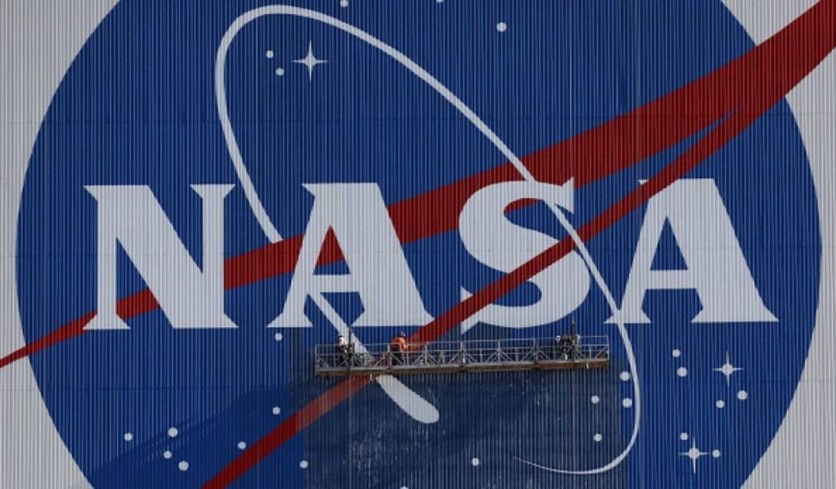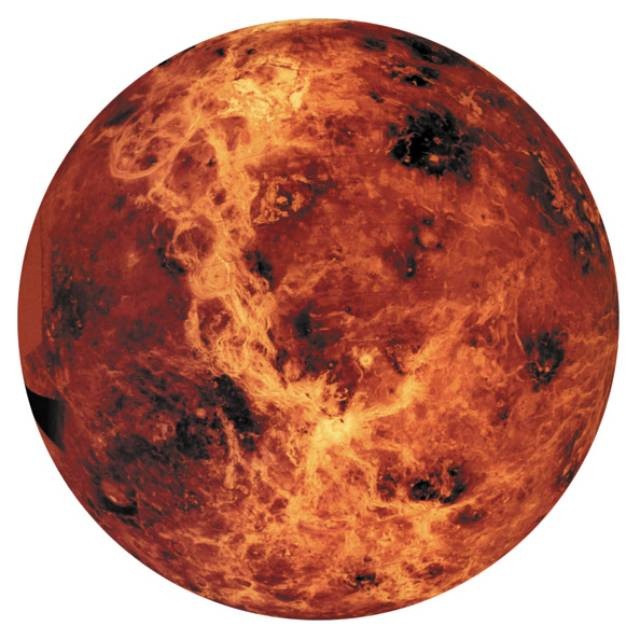NASA isn't stopping at exploring the Red Planet. They're planning to go back to Venus, and the European Space Agency (ESA) also wants in on the fun.
CNET reports that both NASA and the ESA have announced three new missions to the planet Venus, with the American space agency launching two of the three. The ESA's own mission, called EnVision, will join NASA's Veritas and DaVinci+ expeditions in studying the greenhouse planet.

NASA, in fact, is collaborating with the ESA for EnVision, as reported on the NASA website. According to them, they will provide their European counterparts with the Synthetic Aperture Radar called VenSAR, which will enable the space probes to create high-resolution measurements of Venus' surface features.
The two NASA missions, which are slated to launch in 2028 and 2030, will be mapping the planet's rocky surface and closely studying its atmospheric composition, as reported by CNET. Both projects will be funded to the tune of $500 million each, which is actually quite cheap, considering that the current Mars Perseverance mission costs as much as $2.9 billion.
When these three missions launch, they will be the first ones that aren't mere flybys or gravity assists, which were the types of expeditions involving Venus ran from the late 80s to the early 2010s.
Read also : German Astronaut Shares Photos of Space Food in an Experiment to Better Understand the Body
NASA Is Clearly Going Back to Venus, But Why?
All of the previous NASA missions to Earth's so-called "twin" were successful, with one still operational (the Parker Solar Probe is expected to do three more flybys until 2024). But despite all those expeditions, scientists still didn't learn much about the mysterious planet.

There is one recent discovery. However, that likely prompted NASA and the ESA to go back and take a second look. Back in 2020, scientists were able to detect trace amounts of the chemical phosphine in Venus' atmosphere. It might not sound that exciting, but phosphine is a substance that living organisms have been known to produce as a byproduct at times.
In other words, the Venusian clouds might offer potential proof of the existence of extraterrestrial life. Before that phosphine discovery, though, numerous hypotheses have already pointed out the possible habitability of Venus' clouds, owing to the existence of microorganisms on Earth that can survive extremely harsh conditions. And you'll find no shortage of that on Venus.
While still not definitive proof of alien life, that discovery was enough to get people around the world talking when it was announced. Considering that the DaVinci+ mission is going to examine the clouds of Venus more thoroughly, then perhaps scientists will finally get more answers to the mystery at hand.
As for the ESA, EnVision also aims to monitor gases in the atmosphere, analyze the planet's surface composition, and look for tell-tale signs of volcanic activity. Both NASA and the ESA plan to gather as much data about Venus as they can into the next decade, which means Mars will not be the only poster planet for space exploration in the foreseeable future.
This article is owned by Tech Times
Written by RJ Pierce
![Apple Watch Series 10 [GPS 42mm]](https://d.techtimes.com/en/full/453899/apple-watch-series-10-gps-42mm.jpg?w=184&h=103&f=9fb3c2ea2db928c663d1d2eadbcb3e52)



